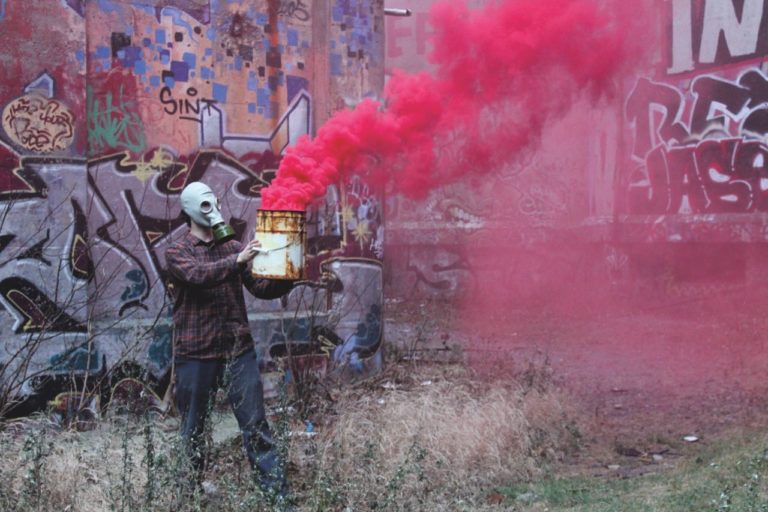When was the first time you heard the expression “subprime housing market”? Betcha it wasn’t until it fell apart. Say, around 2008.
That’s why I want to talk today about something way too many people may not otherwise hear about until after it goes bad: leveraged loans.
Here’s a quick primer: these are floating-rate loans made to sub-investment-grade companies (that is, firms with debt that is high compared to their assets) and packaged into a variety of loans of varying yields and risk levels, as well as equity stakes, which both yield the most and involve the most risk. The new securities are then packaged into something called collateralized loan obligations, or CLOs.
Leveraged loans represent a roughly $1.6 trillion market that has been rapidly growing –in fact, nearly doubling between 2012 and 2017. Investors include big name high-net-worth families -the kind of people who can afford to lose a lot of money. But today’s toxic assets also are held in hedge funds, pension funds, and mutual funds –which in turn are held by a lot of people who cannot afford to lose a lot of money.
Because leveraged loans tend to pay interest rates that float, if rates rise they quickly become much more expensive to service, creating a dangerous spiral.
Rating agencies, regulators, and smart people whose judgment I respect have been sounding the alarm for some time now. But that doesn’t seem to have done much to rein in this obvious “gray rhino” risk about which there’s a lot of talk but not much constructive action.
The Fed’s announcement on Wednesday that it expected no more rate hikes in 2019 will encourage more companies to issue leveraged loans, and more yield-hungry investors to buy them, throwing caution to the wind.
The always insightful William Cohan explained it simply in a New York Times op-ed this week: “Just as they did in much of 2007 and 2008, before the markets exploded in a crisis of epic proportions, investors in the debt market, which is even larger than the equity market, are feverishly chasing higher yields and are too eagerly buying up the risky securities that will deliver those yields without demanding the proper premium for the risks being taken.”
Cohan was particularly hard on so-called “empty creditors,” a type of vulture investors who buy leveraged loans at a discount, along with insurance in the form of credit default swaps (another term you may recall from the 2008 crisis). They then try to force the company into bankruptcy to trigger the insurance, along with a handsome profit.
This is not a great business model for companies that are borrowing, for credit default swap issuers (who may want to think about restructuring these products to protect themselves from empty creditors), nor for the integrity of the financial system.
Things have only gotten riskier since a February 2018 court ruling effectively repealed the “skin in the game” rule that required investment managers to own part of the CLOs they offered, thus making the deals more expensive to arrange. The rule was part of Dodd-Frank provisions that were intended to align the interests of managers and their investors.
The ratings agency Moodys has warned that the level of investor protections has been falling to new historical lows as more and more companies issue so-called “covenant-lite” loans, ratcheting risk up yet another notch.
But in a super-low-interest-rate environment, investors are piling in anyway. The ratings agency Fitch warned in a recent report, “Investments in collateralized loan obligations increased markedly in recent years and could pose a significant risk if investor protections weaken late in the credit cycle.”
Now that you see leveraged loan trouble coming, what should you do?
Check if your mutual funds hold these toxic assets and consider whether they belong in your portfolio. Ask yourself if that little bit of extra yield is worth the risk. If you decide to hold on to them, ask yourself what the trigger is that would make you sell them –and then stick to it when it happens.
Regulators would do well to continue to keep a close eye on leveraged loans and the potential for systemic risks in the event of rising defaults and market panic. They should do everything they can to limit the power that those so-called empty creditors have to wreak havoc.
Institutions with money in leveraged loans need to take a hard look at whether the risk they are buying is priced right; make sure that they have offset that risk effectively; and be much more transparent to the people on whose behalf they are investing.
The last thing anyone should say, however, is that they never saw it coming.
#leveragedloan #CLO #toxicasset #grayrhino
This article is part of my new weekly LinkedIn series, “Around My Mind” – a regular walk through the ideas, events, people, and places that kick my synapses into action, sparking sometimes surprising or counter-intuitive connections.
To subscribe to “Around My Mind” and get notifications of new posts, follow the link to the LinkedIn serieshome page and click the blue button on the top right hand. Please don’t be shy about sharing, leaving comments or dropping me a private note with your own reactions.
- The Gray Rhino Wrangler on Substack - January 1, 2025
- Gray Rhino Risks and Responses to Watch in 2024 - January 10, 2024
- In the Media 2023 - December 31, 2023


